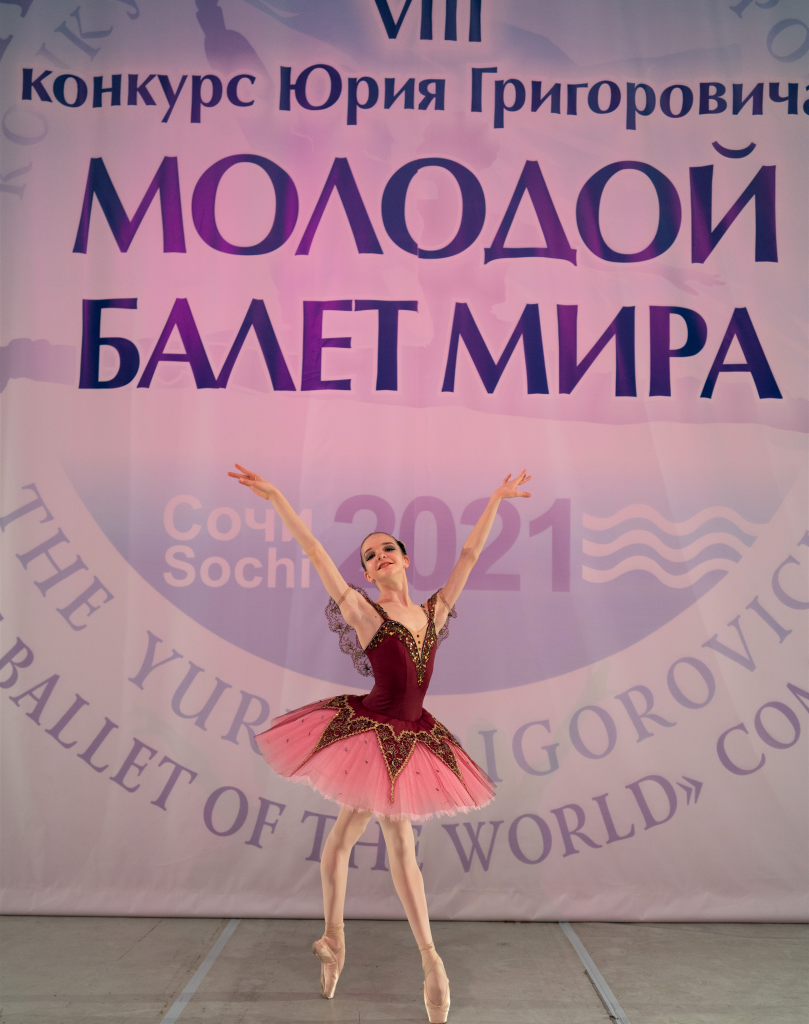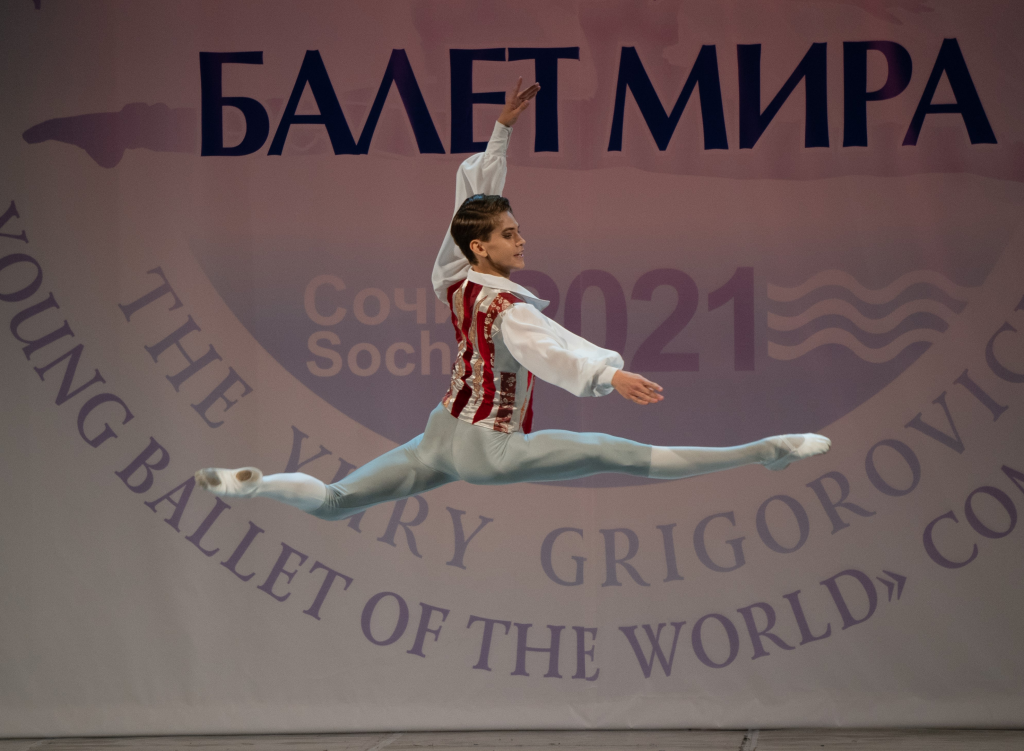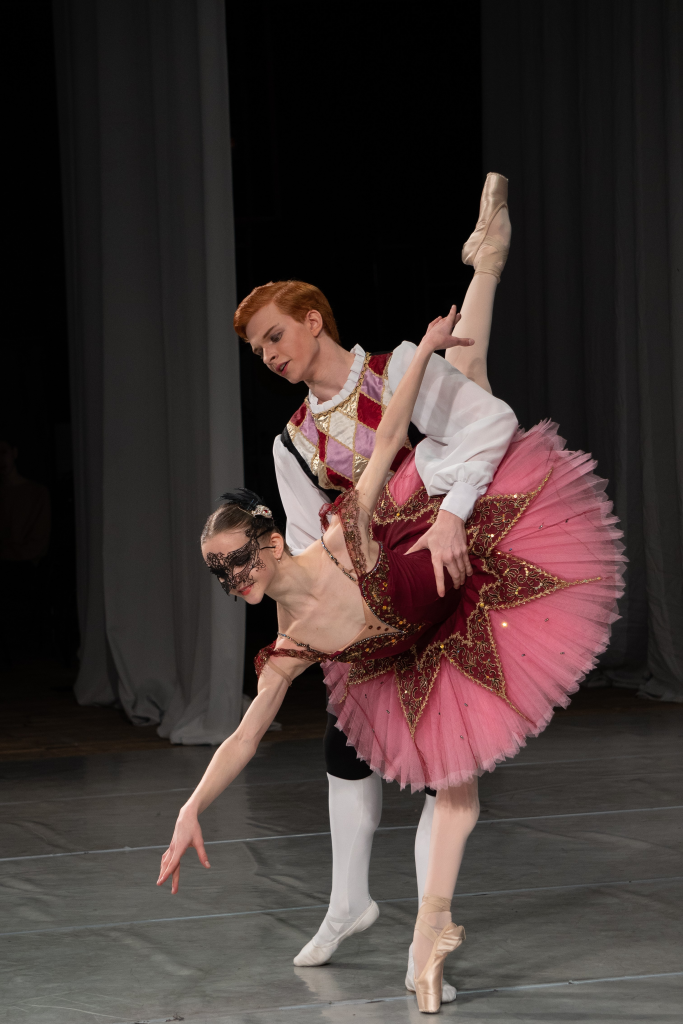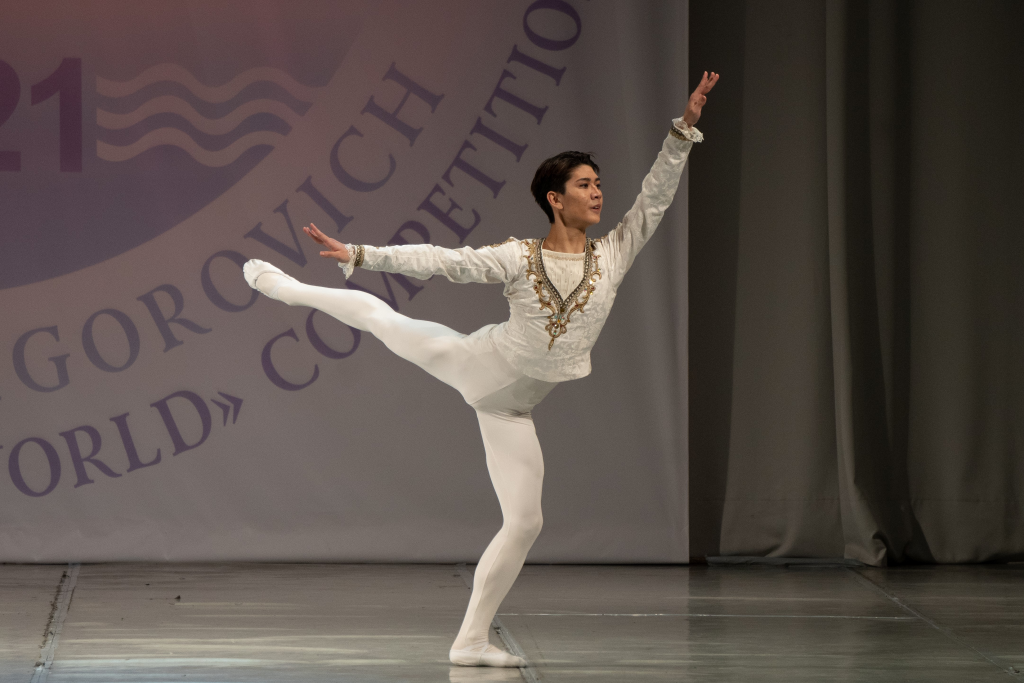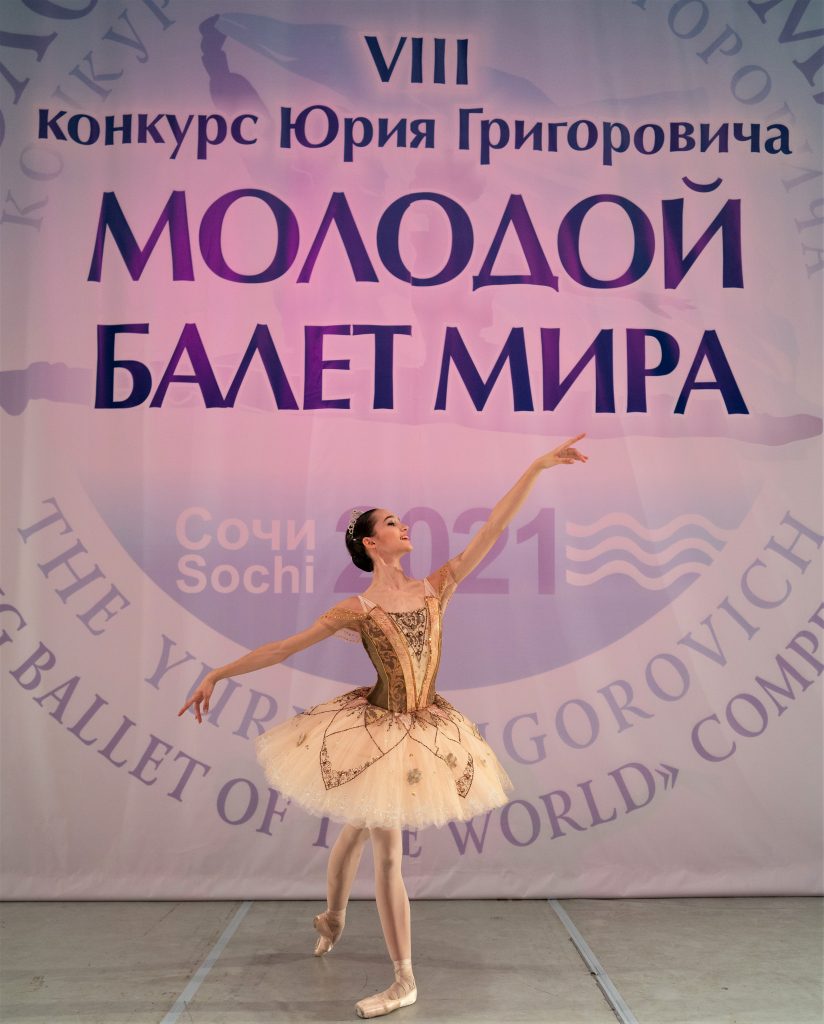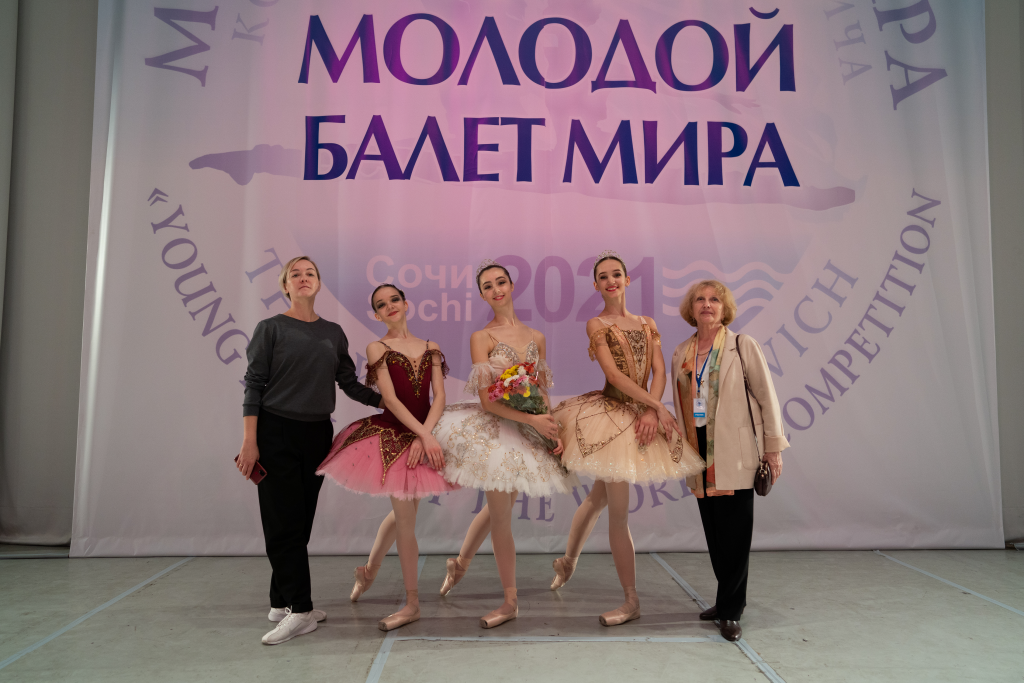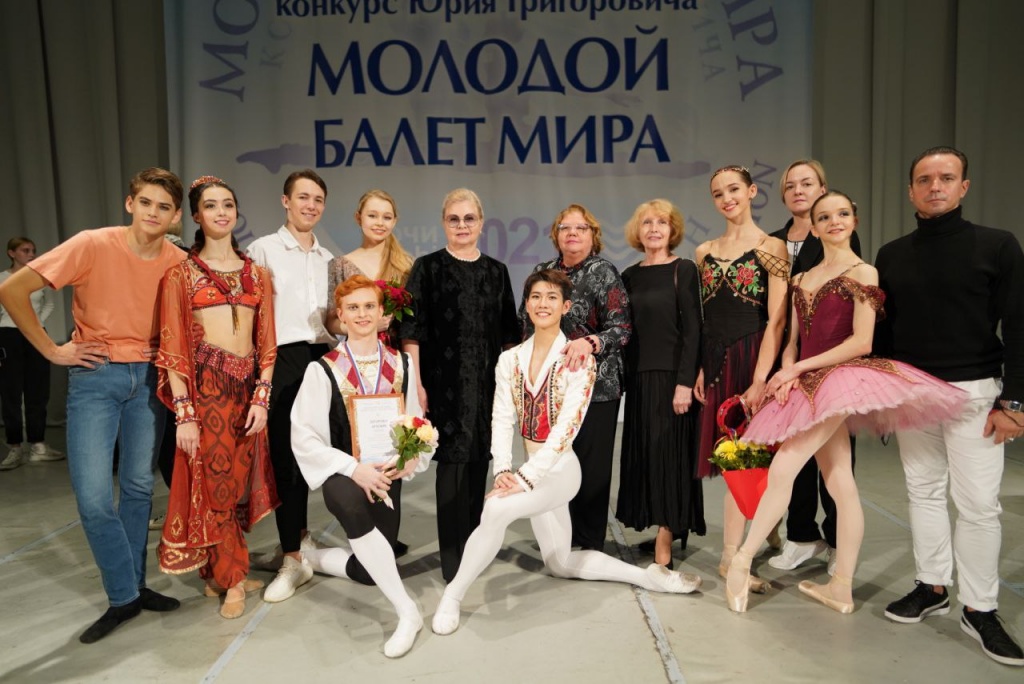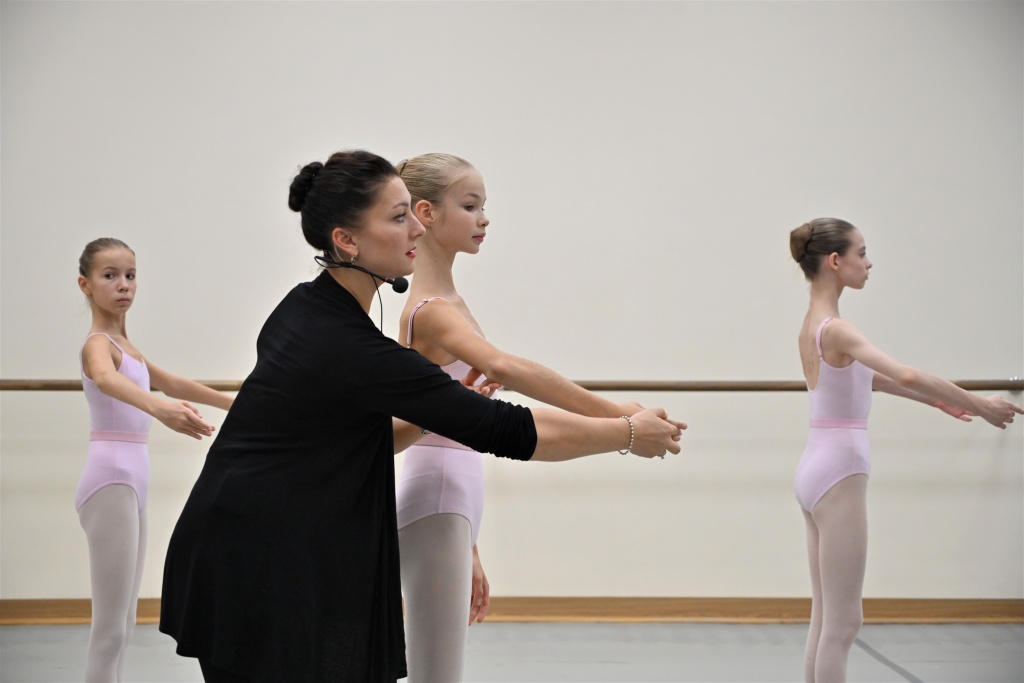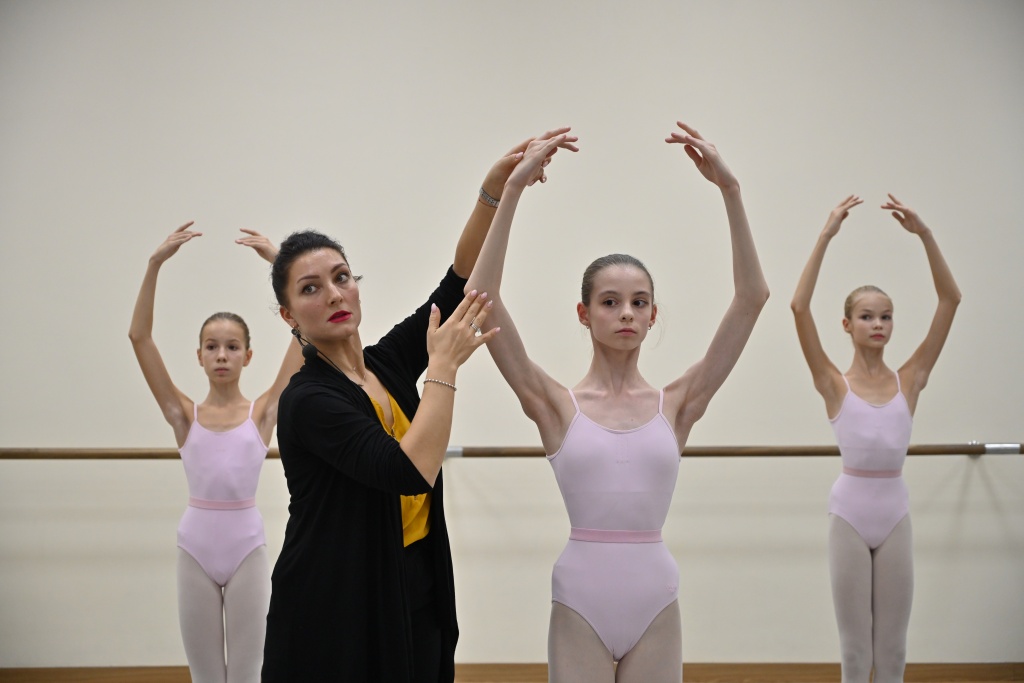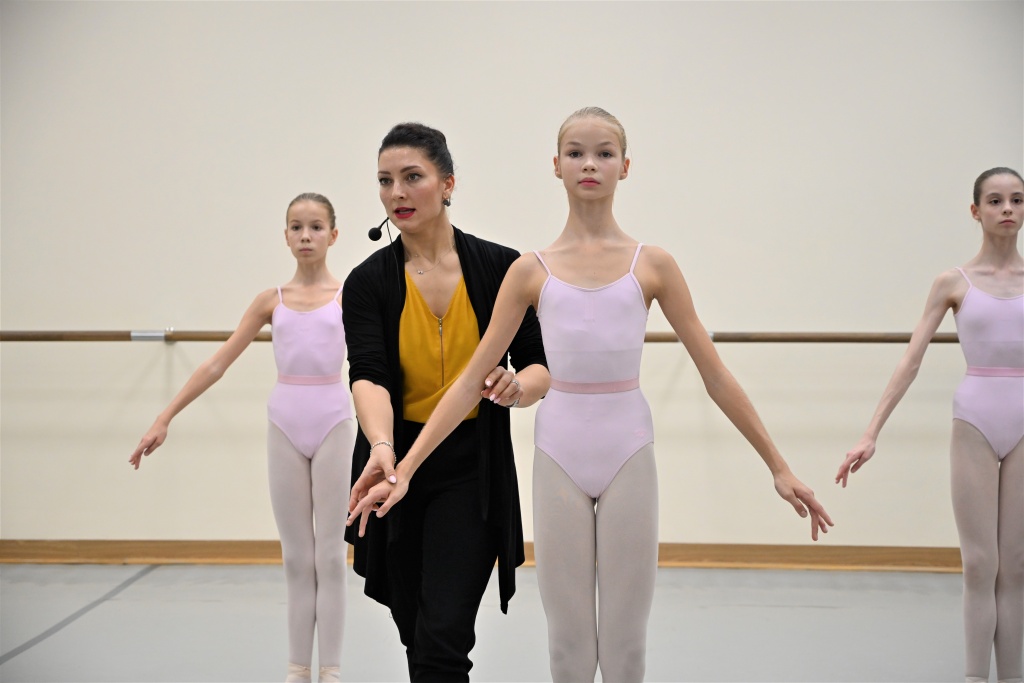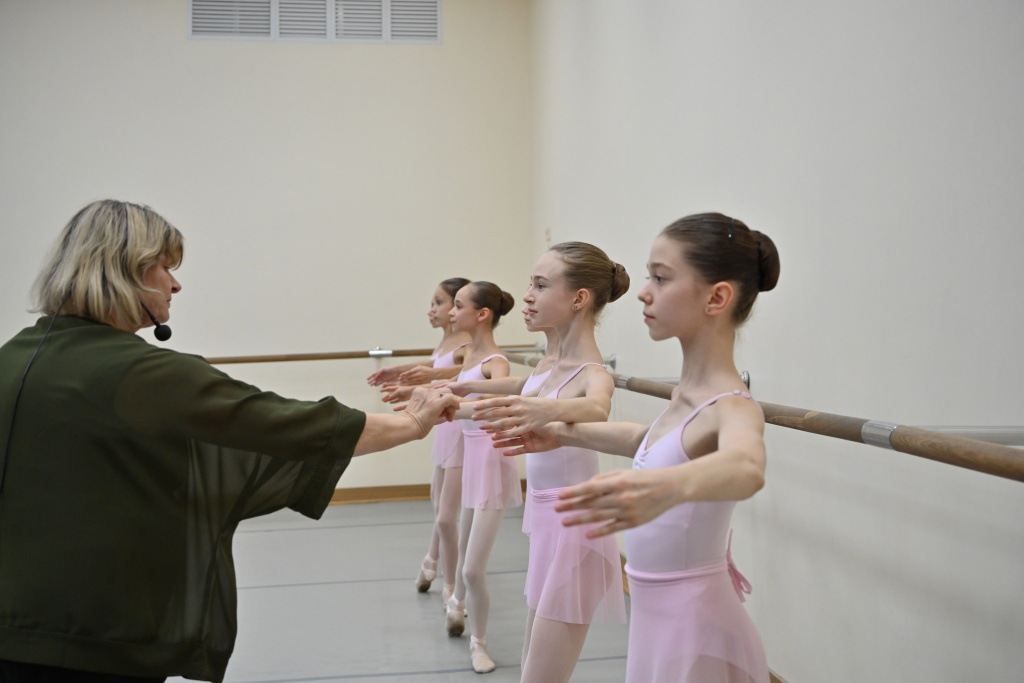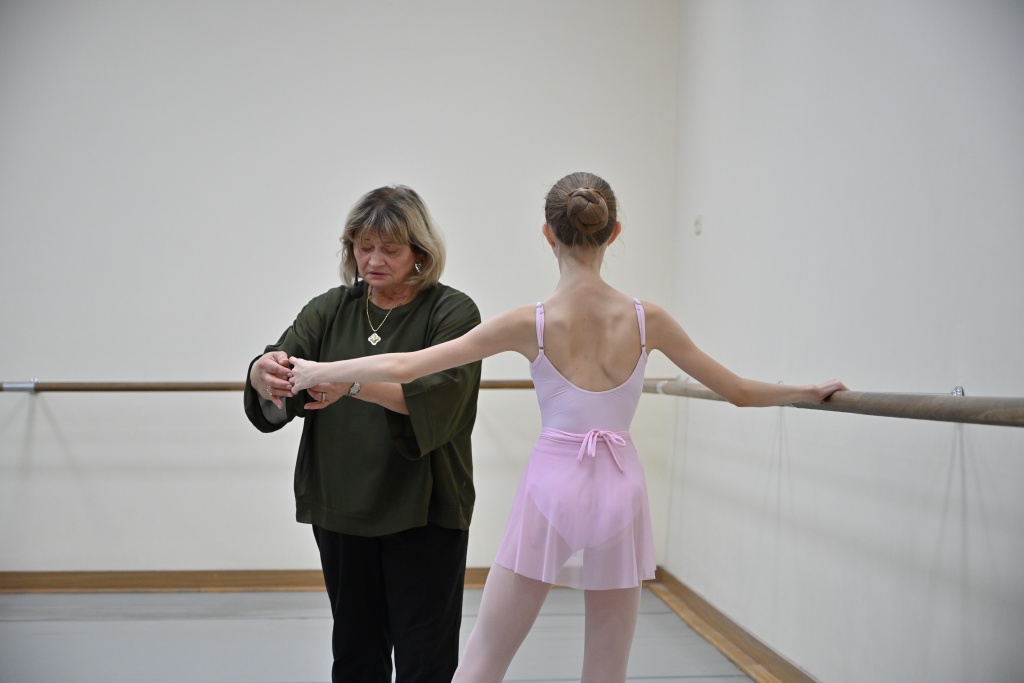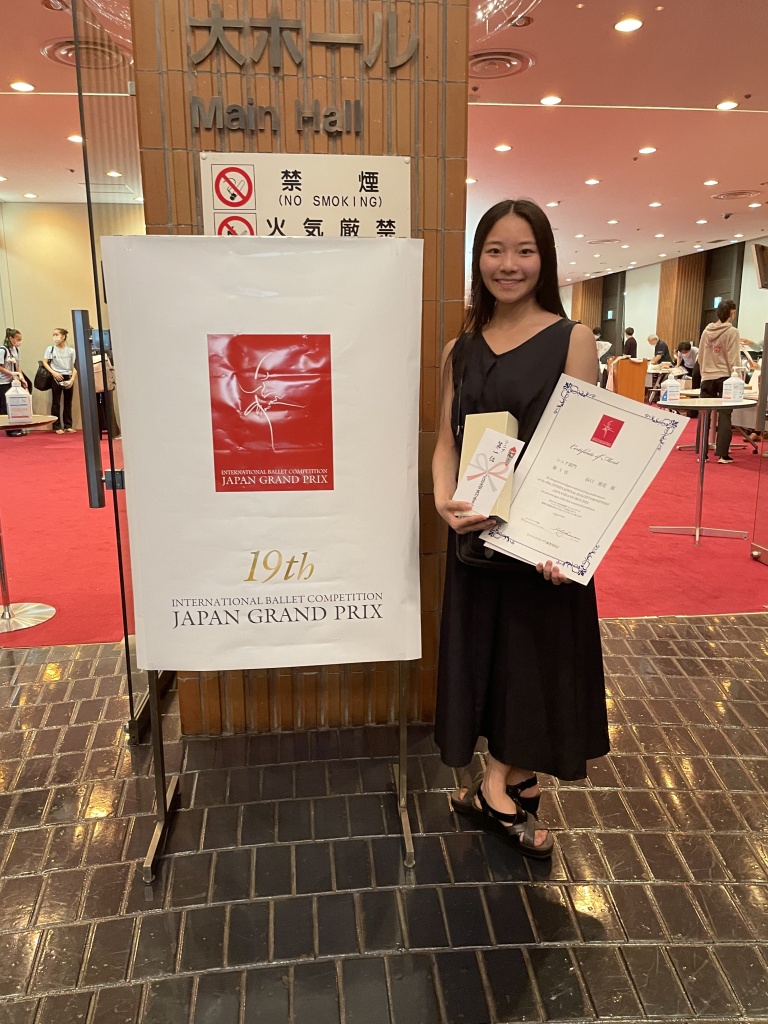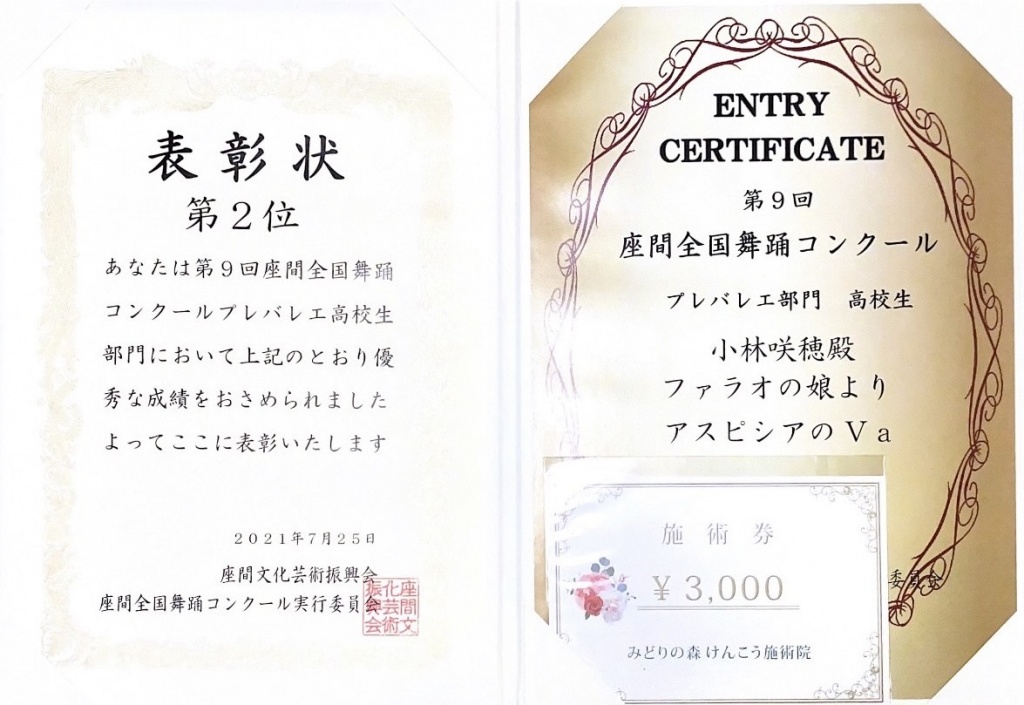May this year be marked with bright performances, interesting and challenging roles and excellent studies achievements!
We would like to start this year with a story about one of the most thrilling subjects of the Academy curriculum – Stage Practice. We hope this material inspires you and gives you a sense of purpose.
Good luck in 2021-2022 academic year!
Stage Practice – Maintaining Traditions
For more than two hundred years, Stage Practice has been one of the most important and meaningful aspects of training future ballet performers at the Bolshoi Ballet Academy. Stage Practice helps future ballet dancers put themselves to test at famous theaters in Moscow, dancing to live orchestras, feeling the chemistry of stage, getting used to glare of spotlights, and watching work and routine of theater performers. In other words, it helps feel and internalize the theater to the utmost, and become a part of it.
The beginning of Stage Practice history dates back to 1773, when the Moscow Ballet Academy was founded. The Imperial Foundling Home hosting the ballet school back then, had its own theater used to stage shows and performances for VIP guests and trustees. Enhancement of ballet and theater arts knowledge and skills of the students was entrusted to best drama actors, dancers, writers, as well as choreographers of exceptional talents. Students practiced opera and drama performances and dance numbers mastering the basics of performer craftsmanship.
Five years after the establishment of the ballet school, the first ever exhibition examination of students took place, to check their capacity and skills in drama, choir singing in Italian and ballet. “Starting with the first examination concert held in 1778 in front of special guests, and through all subsequent years, involvement of students in theater routine – rehearsals and shows – has been compulsory”[1].
The first direct introduction of the ballet school students to actual theater performance dates back to 1784. After that, stage practice always took place upon the stage of the first public musical theater of Moscow – The Petrovsky Theatre (the predecessor of the Bolshoi).
Sometimes, young performers participated in opening shows. For instance, in 1800 young ballet students took part in Jean Dauberval's La Fille mal gardée (The Wayward Daughter) staged for the first time in Russia by the Ballet Master Giuseppe Solomoni for the Petrovsky.
Back then, the main format of stage practice of students included participation in drama shows, interludes, dance numbers, participation in crowd scenes, mimic numbers, opera shows and other performances (voice numbers, choirs, etc.).
The Moscow ballet school entered a new phase of its stage practice evolution in 1970/80’s, when a curriculum was put together for the Stage Practice subject, with repertoire to be mastered broken down by academic year. Students were divided into junior, intermediate and senior classes. Each studies phase had its own objectives, preparing future performers for smoother transitions from easier dance techniques to harder ones. The Stage Practice curriculum included classical compositions, numbers staged by Soviet choreographers, as well as performances prepared by the Academy faculty members.
These days, the Moscow State Academy of Choreography (The Bolshoi Ballet Academy) offers the entire variety of educational programs in the “Choreography Arts” area. Stage Practice is still a significant part of the studies and training process. The subject is a part of the intermediate training program targeting students who are 10 y.o. or older and offering a Ballet Performer Diploma upon graduation. The training program duly takes into account features of the overall educational process and every year of it. Juniors spend more time on historical dances – waltz, polonaise, mazurka, etc. The Suvorov Cadets number staged by the former ballet performer, choreographer and teacher Vladimir Varkovitsky for the Academy students, is especially picturesque and festive. Intermediate level students and seniors put themselves to harder tests – fragments of ballet shows, pas-de-deux numbers, various show scenes, etc. Each class has its own Practice program and time designated for gradual and professional mastering of the ballet craft.

The students of the Bolshoi Ballet Academy.
January 27 and 28, 2021, the Bolshoi Theatre, Cupids in Coppelia
(photo: Damir Yusupov)
The recent Stage Practice repertoire includes Don Quixote, The Nutcracker, The Sleeping Beauty, Anna Karenina, The Pharaoh's Daughter, Coppélia, La Bayadère, Le Corsaire, Giselle, La Sylphide, The Scarlet Flower, The Winter Tale and Orlando (premiered in 2021) performed at The Bolshoi, The State Kremlin Palace and Moscow State Academic Children's Music Theater.
Prior to getting on a theater stage, an Academy student must pass a process of selection by the faculty of the Academy, learn every detail of the role’s choreography and tough out many hours of rehearsals. That is a real challenge for young performers and, to a large extent, a demonstration their preparedness for future careers. Teachers of the Academy select students for specific roles using a number of criteria. When the age suffices for a role, students of the corresponding class start rehearsing the role. Firstly, they learn the sequence of motions and movements. Once they have become proficient with the choreography on the knee-jerk level, they move on to working on artistic presentation. Little-by-little, students become more confident with the role and the dance, lose inhibitions and grow accustomed to the role. Teachers pay close attention to the practice process identifying students who master the material better than others. As practice progresses, teachers select students with best potential, because such students are more likely to respond to the tasks set by the choreographer, and learn their parts easier. Based on the selection process, teachers define the principal and backup cast. Several students must be put in reserve. In the course of practice, quite a lot depends on the students – they learn to absorb information quickly, because usually roles have to be learned and mastered against a tight schedule. Sometimes, students have to use breaks between other classes to rehearse their roles.
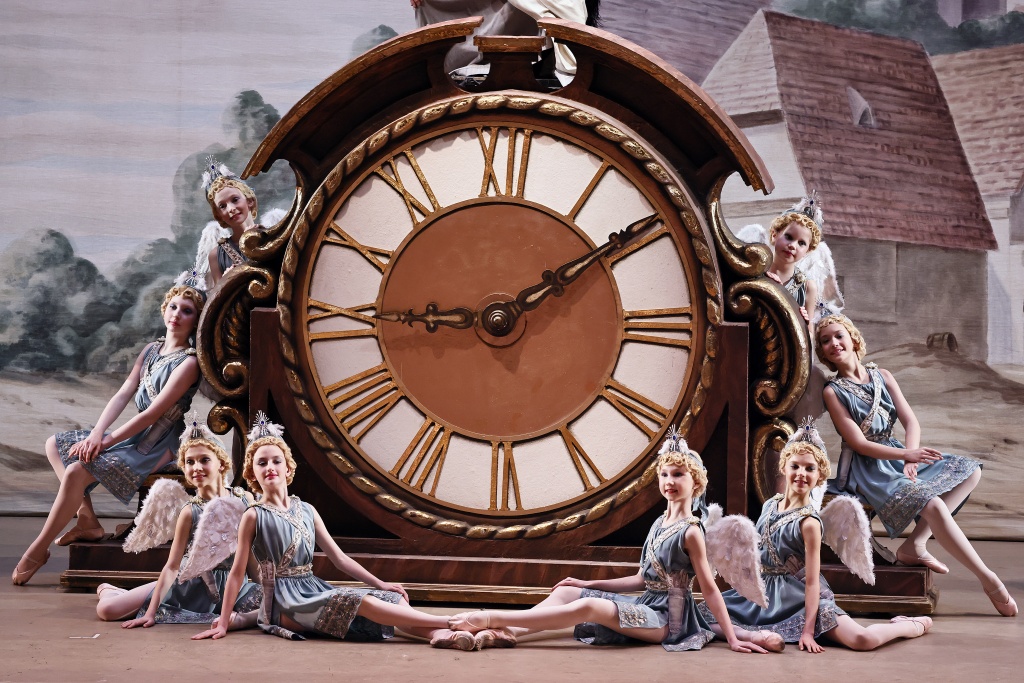
The students of the Bolshoi Ballet Academy.
January 27 and 28, 2021, the Bolshoi Theatre, Cupids in Coppelia
(photo: Damir Yusupov)
Natalia I. Revich, Associated Professor and Honorary Culture Worker of Russia, teaches classical dance at the Academy. Among the faculty, she is one of the most experienced masters of Stage Practice. She recalls: “When I came to the Academy, I became an assistant teacher and conducted Stage Practice lessons learning from my mentor and from other veteran teachers. I had danced quite a large part of the Stage Practice repertoire, so I had internalized the process of rehearsing we go through with the students of the Academy”[2].
Natalia Revich points out that the Stage Practice subject pursues many goals, but the main objective is familiarization of students with the classical ballet heritage. “Our student participate in a variety of ballet shows. They must learn all motions and movements – use not just their legs but their heads as well, strive for topmost artistic performance, learn the sequence of the dance, assure synchronization and smoothness of motions and show the “manner” of performance.”
Young performers start working on their dance capacity as soon as they get enrolled with the Academy, and Stage Practice is a great chance for them to reach perfection. It is not just a course to develop students’ physique and brush up professional coordination, expressive capacity and artistic performance, but also a chance to develop the sense of freedom and ease onstage, as well as the “feeling of ensemble”.
The desire to taste the chemistry of a theater and present oneself in front of an audience is a common feature of every student, regardless of the year – from beginners to graduates. Natalia Revich says that “kids work on all roles with pleasure and enthusiasm. Of course, girls like solo roles in La Bayadère. After many years at the Academy, I am yet to hear “I don’t want to dance that”! Every student dreams of performing on a theater stage!”.
Every ballet show is unique, with its own features – the cast, composition of the orchestra and mood of the audience. Theater shows are like live beings. And it is not necessarily the case that stage performances of the students are seamless and impeccable. Olga I. Popova, teacher of the Classical Dance and Pas-de-Deux Department at the Academy points out that sometimes unexpected troubles and happenings occur during stage performances. “Coping with a difficulty right in the middle of a show is totally up to a kid child performer and their ability to demonstrate composure and self-control. We, teachers, have no means whatsoever to impact things going on and happening on the stage. Sometimes, we practice everything to perfection in rehearsal rooms, but when it comes to an actual stage performance, a kid performer forgets what to do and “falls out” the show flow. You just have to work on such things – the more practice, the faster kids learn to stay composed and pull themselves together”[3].
Nominations of gifted students for core roles in ballet shows at theaters before graduation have been a tradition at the Academy. The tradition continued this year.
Events unique for the Bolshoi Ballet Academy took place this year – on February 11th and April 7th. On both days, a student of the Academy had her debut performances in regular shows on the one-and-only stage of the Bolshoi, which is unique both for the Academy and for the Theater.
Eva Sergeenkova, a student of the graduates’ class taught by Professor of the Classical dance Department Marina K. Leonova, was the lucky debutante.
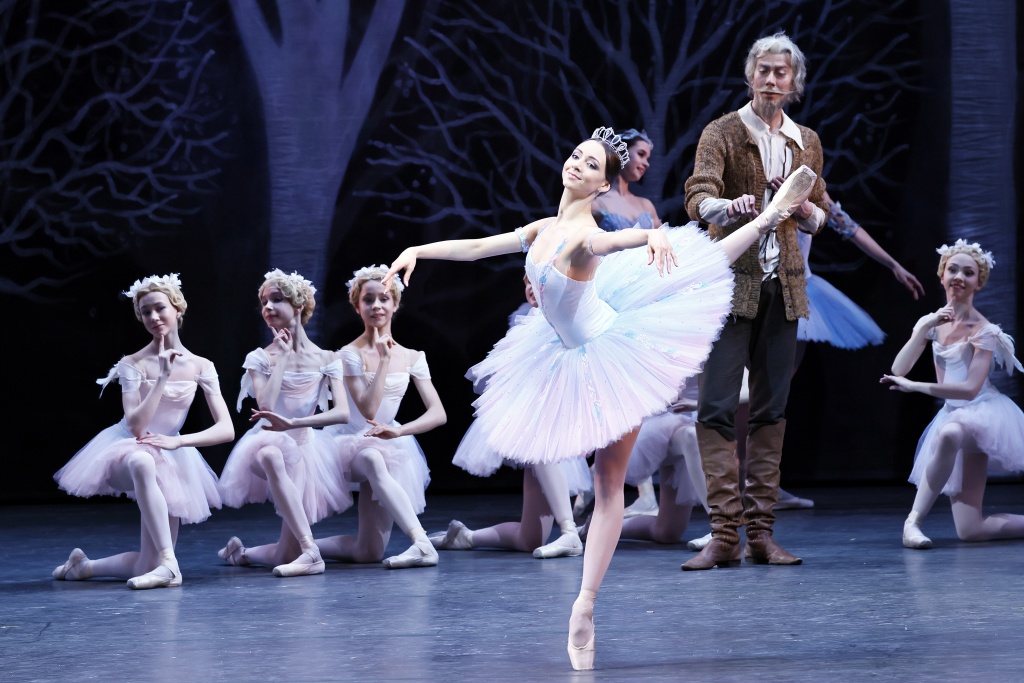
Eva Sergeenkova (a student of the graduates’ class of the Bolshoi Ballet Academy)
February 11, 2021, the Bolshoi Theatre, Queen of Dryads in the Don Quijote
(photo: Damir Yusupov)
Makhar Vaziev, People’s Artist of Russia and head of the Bolshoi ballet company, trusted Eva Sergeenkova, student of the graduate class, an important variation – Queen of Dryads in the Don Quijote – a regular show at the Bolshoi. Many years ago, Svetlana Zakharova, People’s Artist of Russia and Etoile of the La Scala, who was an undergraduate student of the Vaganova Russian Ballet Academy back then, also performed that role on the Mariinsky Theater stage.
“The variation of the Queen of Dryads in the Don Quixote is one of the most complex variations of the classical ballet repertoire. It consists of five parts and it is full of very difficult movements and elements. The dancer performing the variation must already be a fully-fledged young ballerina”[4], says Marina K. Leonova.
On April 7th, almost two months after the first debut, Eva performed on the Bolshoi Stage again – this time, the role of Raymonda’s friend Henrietta in the classical heritage ballet show “Raymonda”.
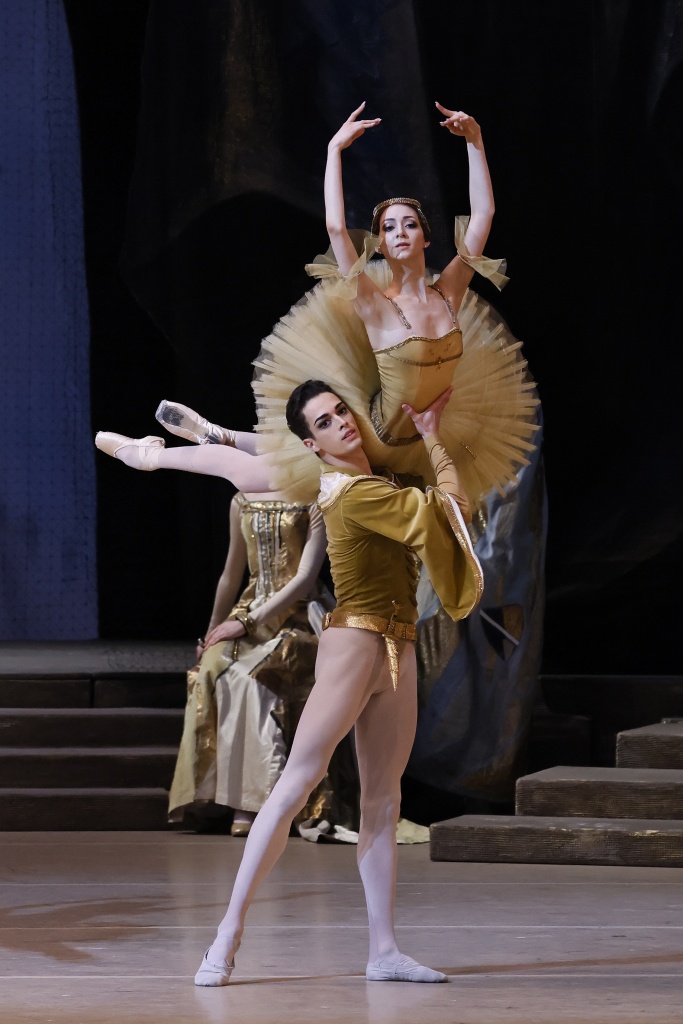
Eva Sergeenkova (a student of the graduates’ class of the Bolshoi Ballet Academy)
and David Motta Soares (a graduate of the Bolshoi Ballet Academy, 2015)
April 7, 2021, the Bolshoi Theatre, Raymonda’s friend Henrietta in “Raymonda”
(photo: Damir Yusupov)
Eva recalls: “We practiced every movement, every step, every motion so I could be sure of them, because the stage tends to bring people on edge. You have to be able to cope with the stress, but you also must enjoy the dance. It is hard to believe that I have been lucky to have this splendid opportunity, and I am ever grateful to my teacher at the academy and to the management of the Bolshoi for their trust in me. When you are onstage, you get a great emotional charge, you drink in the vibes of the audience. Classes and rehearsal rooms at the Academy we, students, are so used to, are not even to be compared with that. I was very eager to perform and tried hard to set my mind on the role and pill myself together; I talked to nobody but Mrs. Leonova, my teacher. After the performances, After the performances, we reviewed them, corrected my mistakes and defined things to work on”[5].
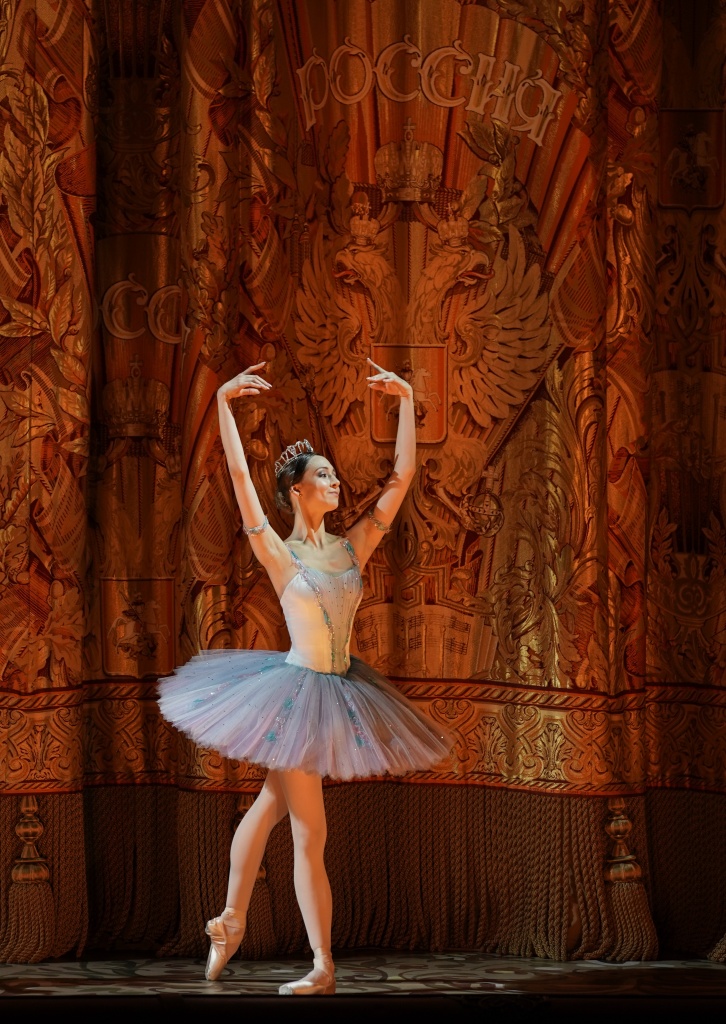
Eva Sergeenkova (a student of the graduates’ class of the Bolshoi Ballet Academy)
February 11, 2021, the Bolshoi Theatre
(photo: Pavel Rychkov)
According to Marina Leonova, to be successful in star roles, a student must have real willpower, be well trained and know how to compose themselves in order to stay calm and prepared for anything. “I am quite satisfied with Eva’s performances. Technique-wise she was fine, she coped with the stress and excitement, performed on a respectable level alongside the Bolshoi cast and looked like a ballerina of that famous Theater”, recalls Mrs. Leonova.
Eva’s experience is a vivid example showing every student at the Academy, who is just about to embark on a challenging yet thrilling journey of a ballet performer, that effort and perseverance will help anyone make their dreams come true. The academy and its faculty maintain centuries-old traditions of ballet teaching and constantly work on their own teaching developments. They will always support their students, whose path will be full with performances of most thrilling roles on stages of Moscow’s most famous theaters.
Text: Elizaveta Emel’kina
Translation: Dmitry Linyaev
[1] Леонова М.К., Ляшко З.Х. Из истории Московской балетной школы (1773 – 1917 гг.). Часть II. М.: МГАХ, 2014. С. 188
[2] Henceforward - Interview of Natalia Revich, teacher of the Bolshoi Ballet Academy. Verified by the interviewee on March 10, 2021.
[3] Henceforward - Interview of Olga Popova, teacher of the Bolshoi Ballet Academy. Verified by the interviewee on March 05, 2021.
[4] Henceforward - Interview of Marina Leonova, Acting Dean of the Bolshoi Ballet Academy. Verified by the interviewee on March 22, 2021.
[5] Interview of Eva Sergeenkova. Verified by interviewee on March 02, 2021
